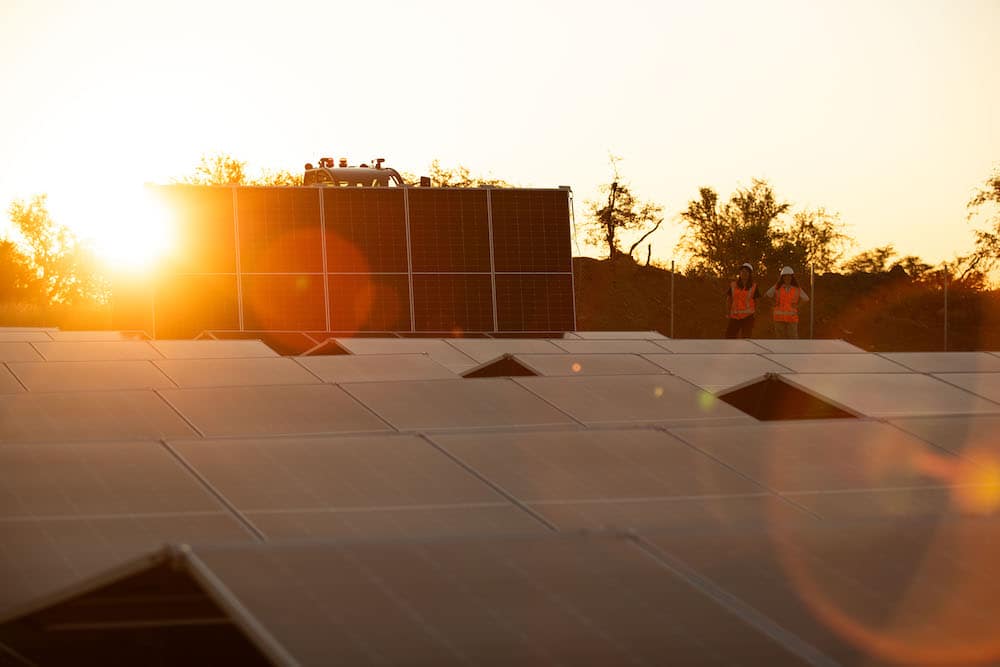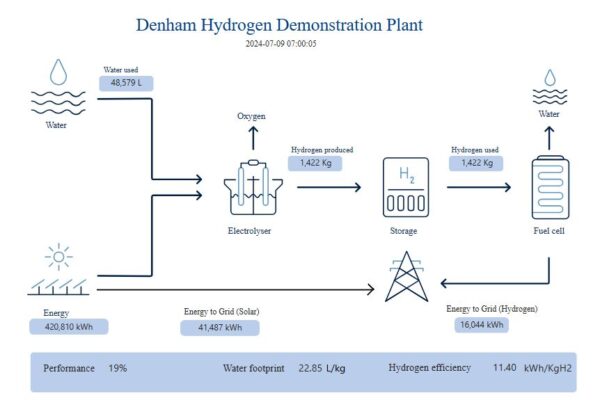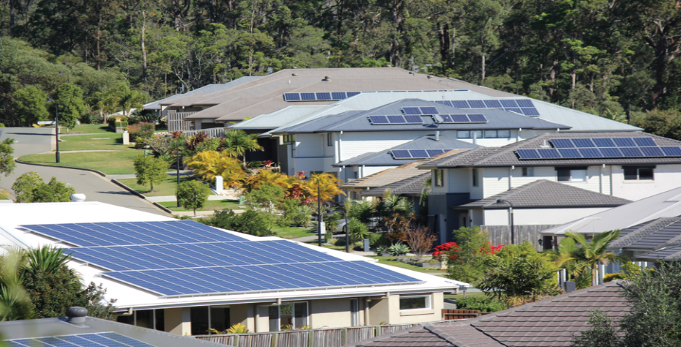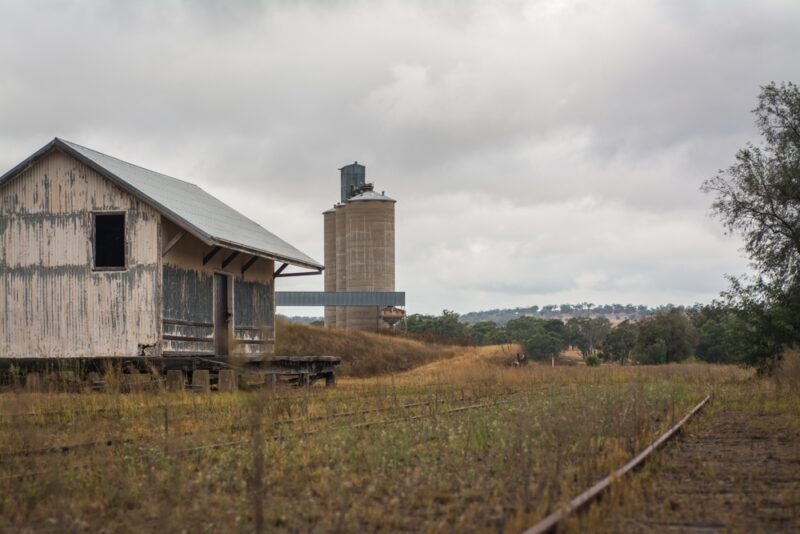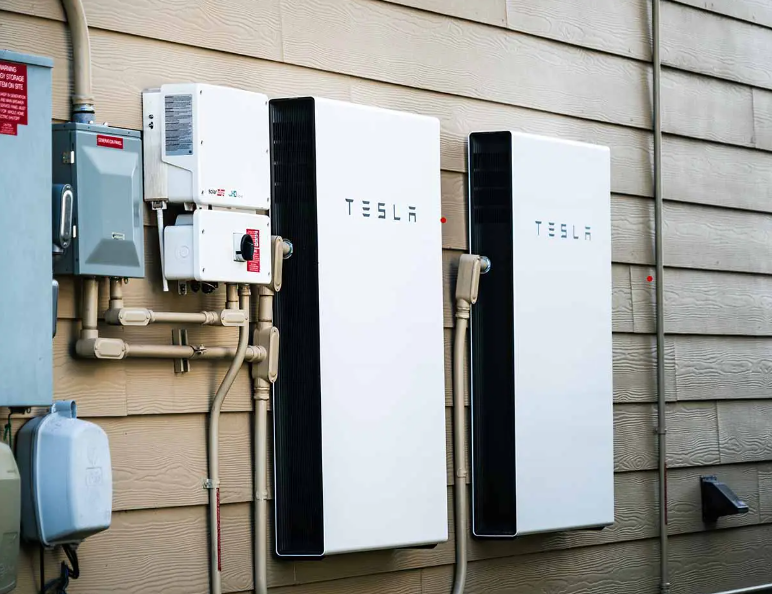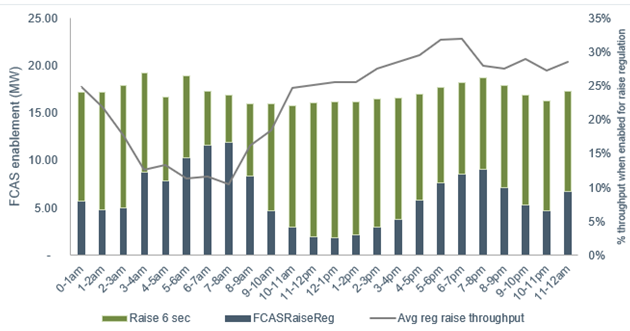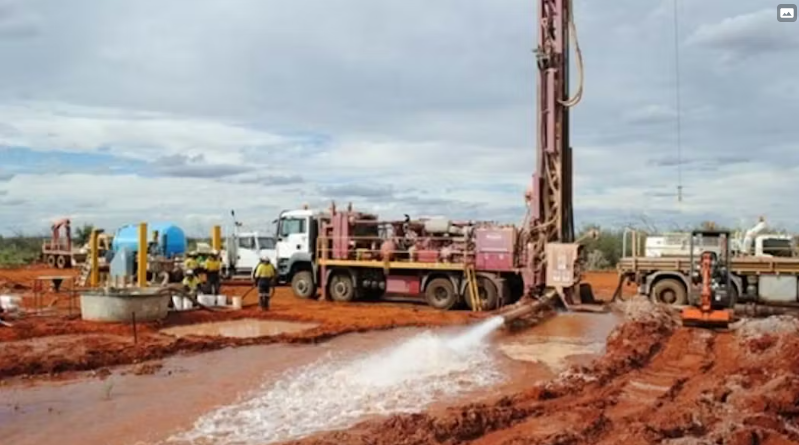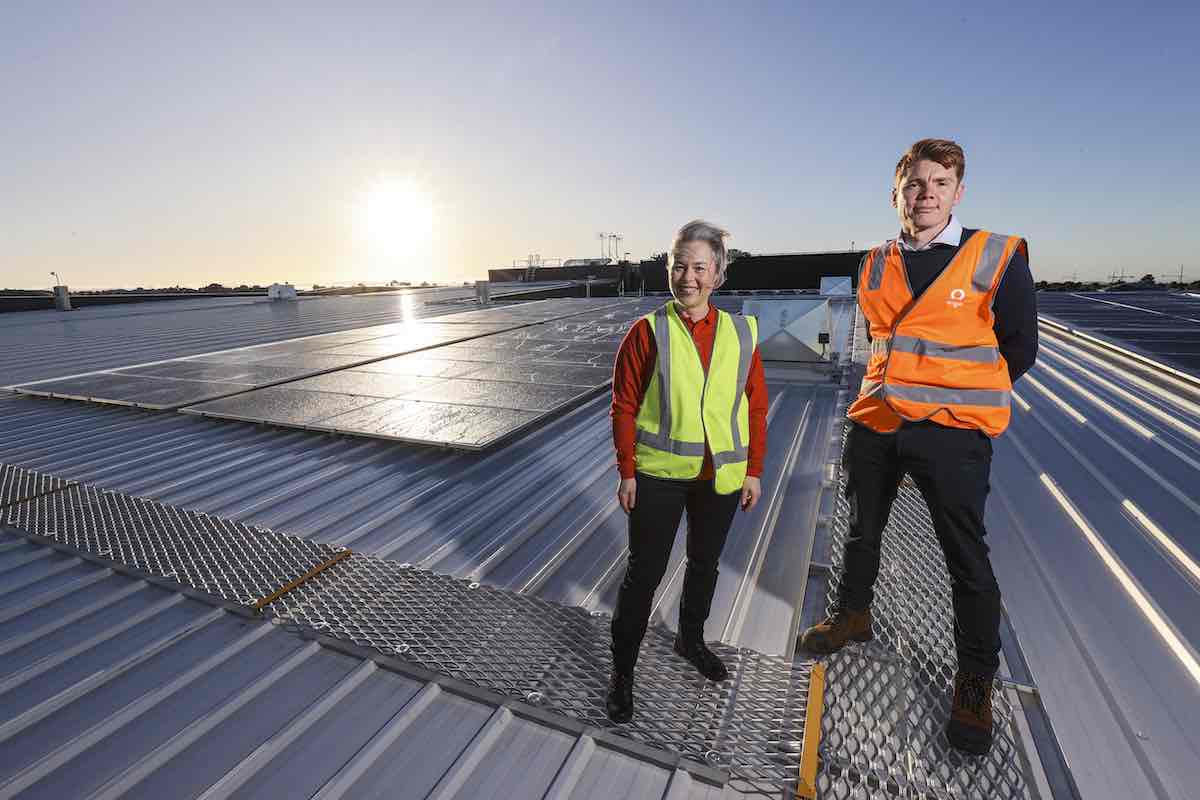Located in the Barkly region, Marlinja sits halfway between Alice Springs and Darwin, around 25km north of Elliot.
Chantelle Johns, Marlinja resident and community organiser with non profit project developer Original Power said that this is a historic achievement for a small outback community.
“Like many remote communities, Marlinja residents experience extreme energy insecurity fueled by the high price of electricity, and poorly designed houses not suited to long hot summers and freezing winters,” Ms Johns said.
“We’ve overcome so many barriers getting this project up and running but now that we’ve proved it can be done, other remote communities should be able to do it too – in much less time.”
The Marlinja Microgrid results from a five-year collaboration between Marlinja community and Original Power, resulting in a grid-connected 100kw solar array provided by technology partner 5B and a 136Kwh battery.
Ethan Godrey, Marlinja Traditional Owner and one of the key drivers of the project said that life in remote communities is hard when power is so expensive.
“Many times, our whole community has lost power and water for weeks due to failures in the power network, and our families are being disconnected for days at a time when our pre-paid meter credit runs out,” Mr Godfrey said.
“We knew there was a better way to live and that’s why we started this solar power journey so we could use cheaper, cleaner power from the sun. Five years later the future of Marlinja is looking bright thanks to solar power.”
Original Power’s clean energy communities project coordinator, Lauren Mellor, said that Marlinja residents invited them to partner on developing the renewable energy solution in 2019, managing the development of the project from design through to fundraising, installation and commissioning, with plans for ongoing support, training and employment for community in the operational and maintenance phases.
“Low cost, clean energy should be available to all, yet First Nations communities are being left behind in Australia’s energy transition,” Ms Mellor said.
“The Marlinja microgrid project demonstrates the technical, regulatory and policy solutions to support the wider uptake of renewable energy in First Nations’ communities and drive improvements in household energy security, affordability and climate resilience.
“With the successful implementation of this project, we can now show the Northern Territory Government and other First Nations communities around Australia an inspiring blueprint for community-owned energy that supports a faster and fairer transition to renewable energy.”
A key feature of the Marlinja project is an innovative benefit sharing trial developed by Original Power with support from Northern Territory Government retailer, Jacana Energy, to share solar cost savings direct to the meters of Marlinja households. For the first time, First Nations pre-paid meter customers will benefit directly and equitably from their own solar investment, similar to the behind-the-meter benefits received by households with rooftop solar.
A Jacana Energy spokesperson said that Jacana is delighted to partner with Original Power to deliver clean, affordable energy to the Marlinja community.
“This innovative project will showcase how the benefits of renewable generation can be shared amongst the community, whilst ensuring supply continuity,” the spokesperson said.
The Marlinja Microgrid is a proud beneficiary of partial funding through the Barkly Regional Deal with the remainder of the project’s $750,000 price tag raised through philanthropic networks and through the generous contributions of technology partners including 5B.
5B Chief Strategy Officer, Nicole Kuepper-Russell, said that it’s an incredible milestone for the Marlinja community.
“To see a remote community achieve greater self-determination through access to clean, affordable, reliable energy by leveraging the unique attributes of our 5B Maverick solar technology, being prefabricated and fast-to-deploy, is very special,” Ms Kuepper-Russell said.
“The 5B Maverick is perfect for these remote projects and environments. Community-owned power projects like Marlinja are an important part of the Territory’s energy transition.”
Original Power Executive Director, Karrina Nolan, said that further barriers must be lifted by Federal and State/Territory Governments to enable a faster, fairer transition and ensure nobody is left behind.
“We are looking forward to seeing the lessons from the Marlinja microgrid development adopted by government and industry in a wider roll-out of community determined renewables to support a faster, fairer energy transition in which First Nations communities play a vital partnership role in project delivery.”
